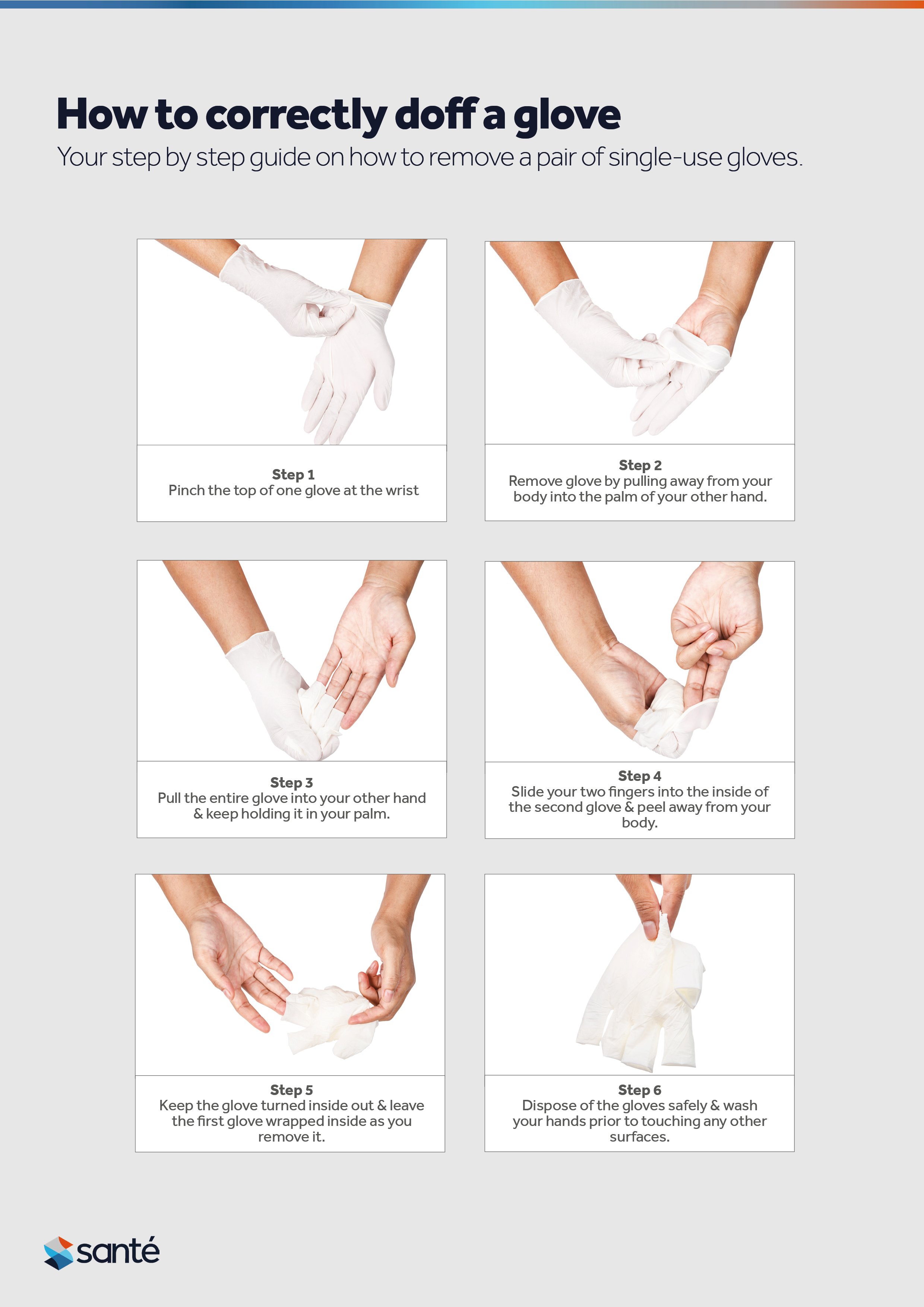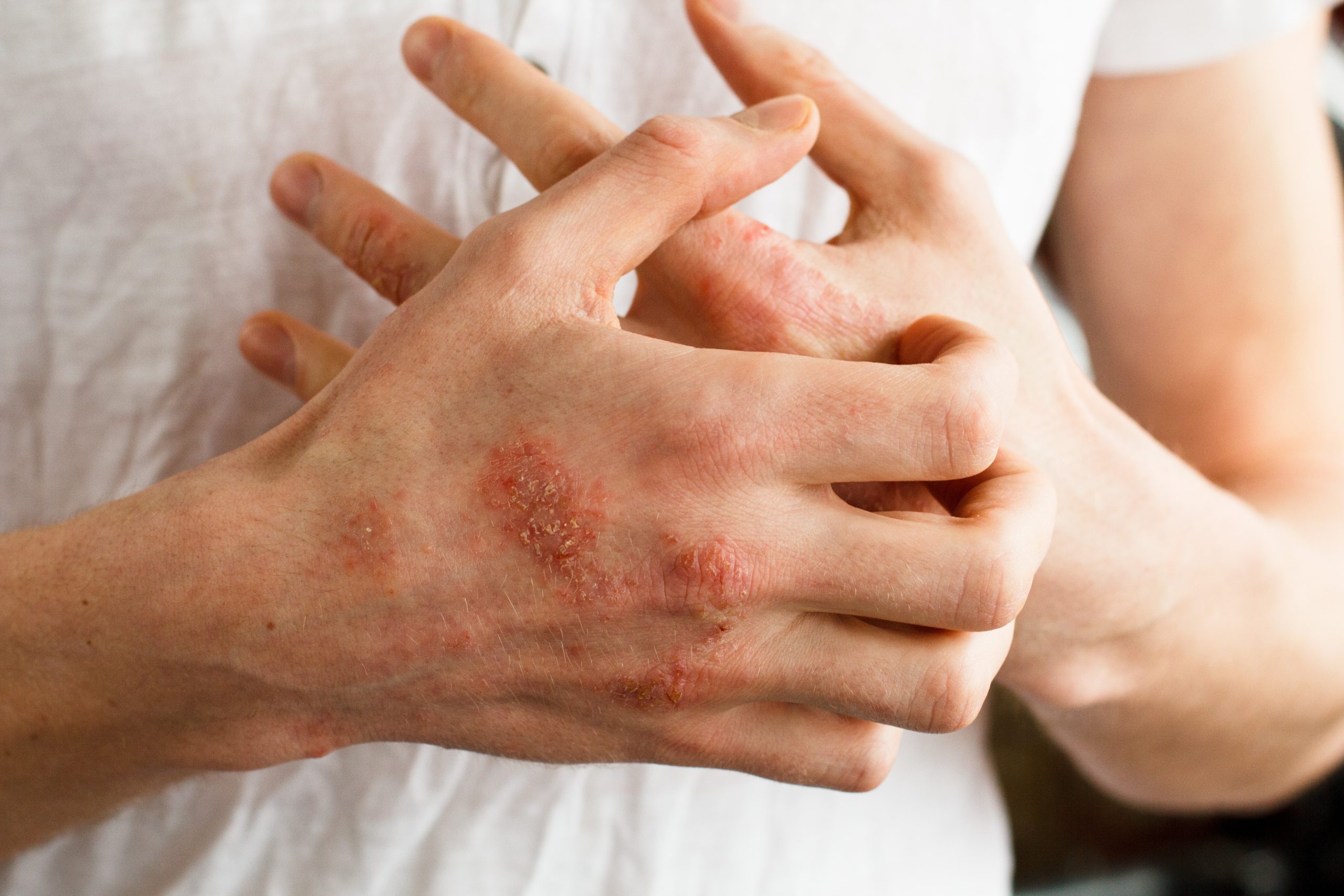Your step-by-step guide to correct disposable glove donning and doffing procedures.
The outbreak of the Covid Pandemic in 2019 massively changed the majority perspective on contact-based infection risk. The use of personal protective devices like disposable gloves, typically reserved for healthcare workers has even spread in some cases to the general population. It is, however, still easy to overlook simple and repetitive basic safety procedures – and correct glove donning and doffing processes remain an obligation.
Fluorescent lotion revealed that healthcare workers often contaminate both skin and clothing when removing protective gear. A previous study proved that up to 52% of glove removals resulted in contamination. Infected personnel can spread pathogens to other susceptible patients – now even more dangerous with the highly contagious nature and ease of transmission associated with the SARS-CoV-2 coronavirus strain. Awareness of correct procedures and consequent adjustment of techniques is a necessity in facilitating the prevention of any further spread.
Santé are pleased to bring to you a simple step-by-step procedure for the correct application and removal of disposable gloves below:


Ultimately, the key concern is to create a barrier between the wearer’s skin and any surrounding contaminants, pathogens or hazardous materials. Despite gloves being an effective barrier solution, where gloves are improperly donned, their ability to protect the user is likely to be compromised.
The efficacy of gloves in preventing contamination and helping to reduce transmission of pathogens has been confirmed in numerous clinical studies when used appropriately and alongside timely hand hygiene performance.
When donned and doffed correctly, disposable gloves are a great barrier protection method to protect workers from exposure to hazardous substances and infection. The above tips should clarify the best practices for use and help guarantee both safety of the individual and product integrity.




